2015 Crystal City, Manitoba, Canada
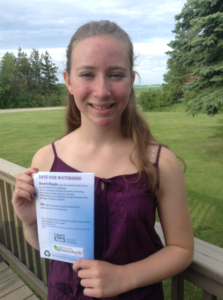
Keeping our drinking water clean is important to Taylor Mutch. Taylor felt that more people in her community needed to be aware of a common problem facing our water systems: un-used and expired medications. Most people flush those down the toilet, but Taylor knew there was a better way to dispose of medication. She proposed working with her local pharmacy to create an information sheet to increase awareness.
“At the pharmacy, the pharmacist will safely dispose of the medication. Any medication can be returned to the pharmacy, including anything from doctor prescribed medication to over- the-counter medication like Advil and Tylenol. Hopefully, with people educated by my information sheet, they will stop throwing away or flushing their excess and expired medications. Then this will impact my community and watershed because there will be less harmful chemicals in the water.”
Thanks to a contribution from Nutrien, Taylor was able to create a brochure informing local citizens of the proper way to dispose medication, and why this is important. The pharmacy will be adding these information sheets to the prescription orders to help raise awareness, one person at a time!

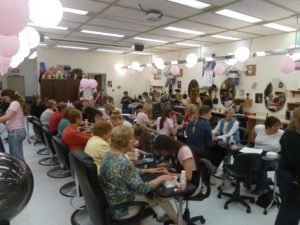
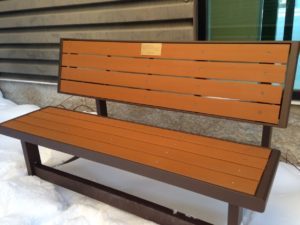
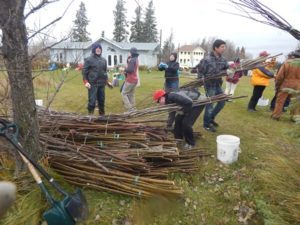
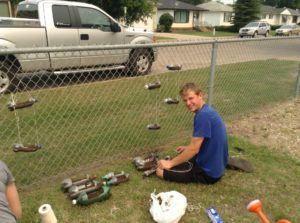
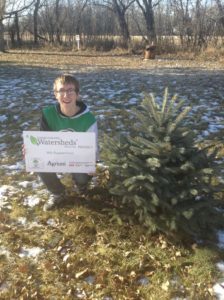
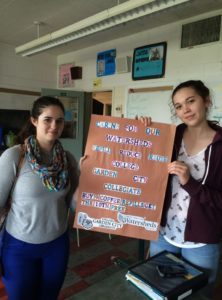

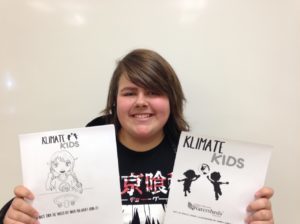
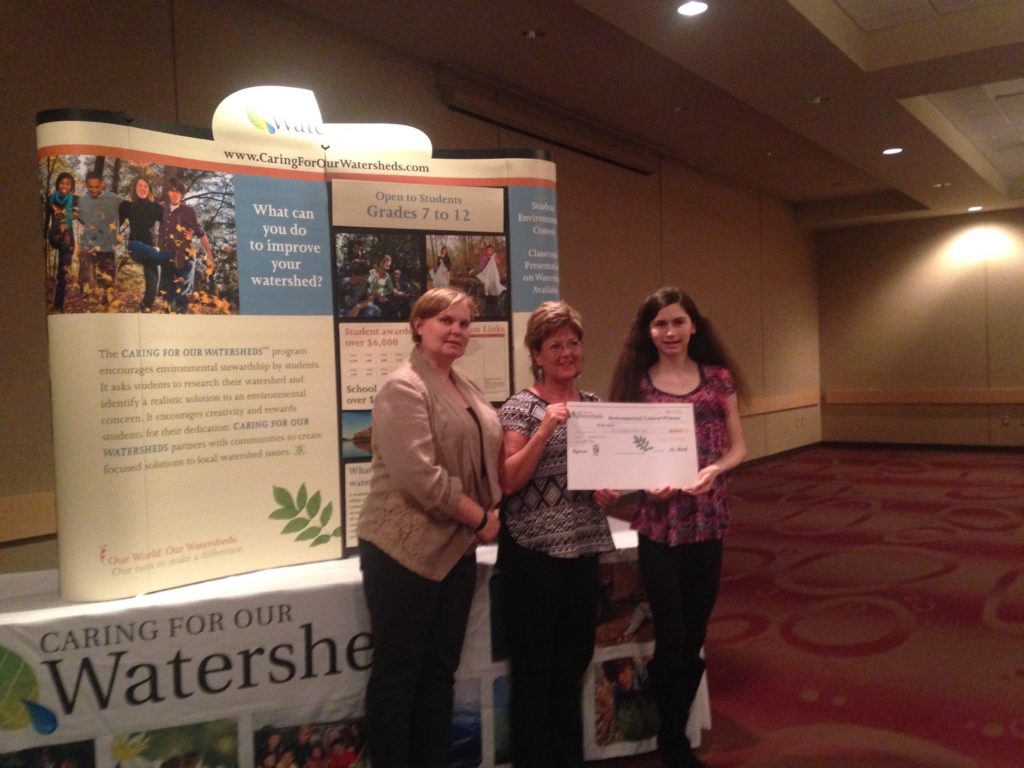 birds help new native shrubs grow and root in the riparian area providing wildlife habitat and other ecological services. The riparian area is the zone along river or creek banks close to the water. This zone needs strong and healthy shrubs to help keep pollutants out of our water ways. Plants in the riparian area slow down water and help it infiltrate and filter through soil and root systems before entering our watershed. This process reduces the amount of runoff entering our water ways and helps to prevent pesticides, fertilizers, and other pollutants from entering our watershed. As an added benefit, these shrubs and their root systems provide structure for the soil along river and creek banks which prevent erosion. Lastly, birds eat insects. The healthier our bird populations in our watershed the more insects they eat and the less pesticides we use to control them ourselves!
birds help new native shrubs grow and root in the riparian area providing wildlife habitat and other ecological services. The riparian area is the zone along river or creek banks close to the water. This zone needs strong and healthy shrubs to help keep pollutants out of our water ways. Plants in the riparian area slow down water and help it infiltrate and filter through soil and root systems before entering our watershed. This process reduces the amount of runoff entering our water ways and helps to prevent pesticides, fertilizers, and other pollutants from entering our watershed. As an added benefit, these shrubs and their root systems provide structure for the soil along river and creek banks which prevent erosion. Lastly, birds eat insects. The healthier our bird populations in our watershed the more insects they eat and the less pesticides we use to control them ourselves!